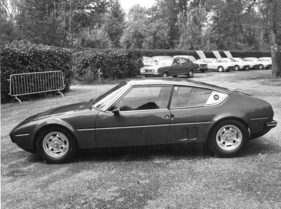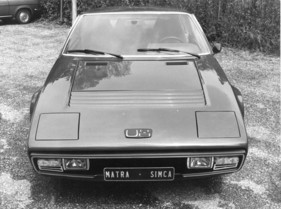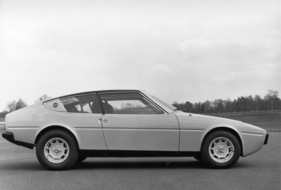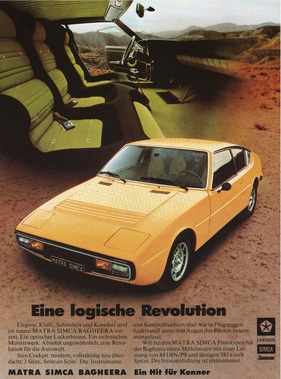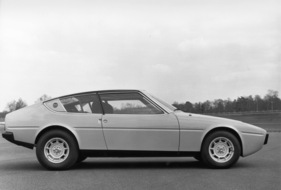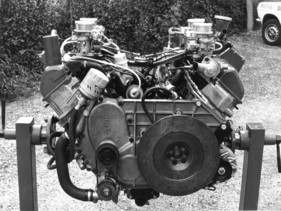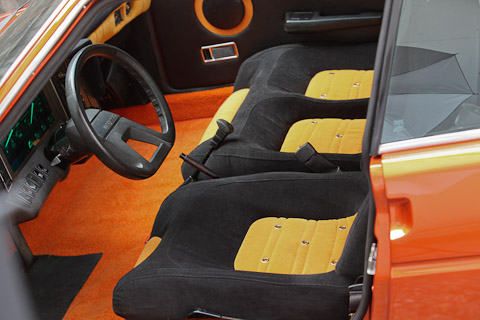The double lotto - Matra-Simca Bagheera U8 prototype
Summary
In 1973, the sports car company Matra-Simca demonstrated with the Bagheera U8 that the pretty plastic sports car could also handle more power than the 1.3-liter four-cylinder engine was capable of delivering. The engineers assembled two four-cylinder engines together with all auxiliary units, resulting in a so-called U8 engine with a displacement of 2.6 liters and over 160 hp. This report describes the unusual development and why it was not successful.
This article contains the following chapters
- Promising basis
- A "U8" engine for the Matra-Simca Bagheera
- Bold project
- Unusual engine design
- Installed lengthways instead of crossways
- Modifications to the chassis
- U8 price around twice as high as 1.3-liter version
- No mercy for unconventional ideas
- Further information
Estimated reading time: 4min
Preview (beginning of the article)
If the story had been told on April 1st, you would probably have thought it was a joke. The small sports car company Matra-Simca had bolted two four-cylinder engines together in search of more power for the new Bagheera model, creating an eight-cylinder unit with two connected crankshafts. In the cockpit, the driver would have had to keep an eye on two oil pressure gauges and two water temperature instruments. But this was not the only reason why the model was not a success. The Matra-Simca Bagheera (internal code M550) was a success, despite variable production quality (keyword "silver lemon") and a deficit in engine power. After all, almost 48,000 three-seater plastic coupés were built between 1973 and 1980. However, Matra-Simca had a recipe for the search for more engine power and it was called the "U-8".
Continue reading this article for free?
Images of this article

